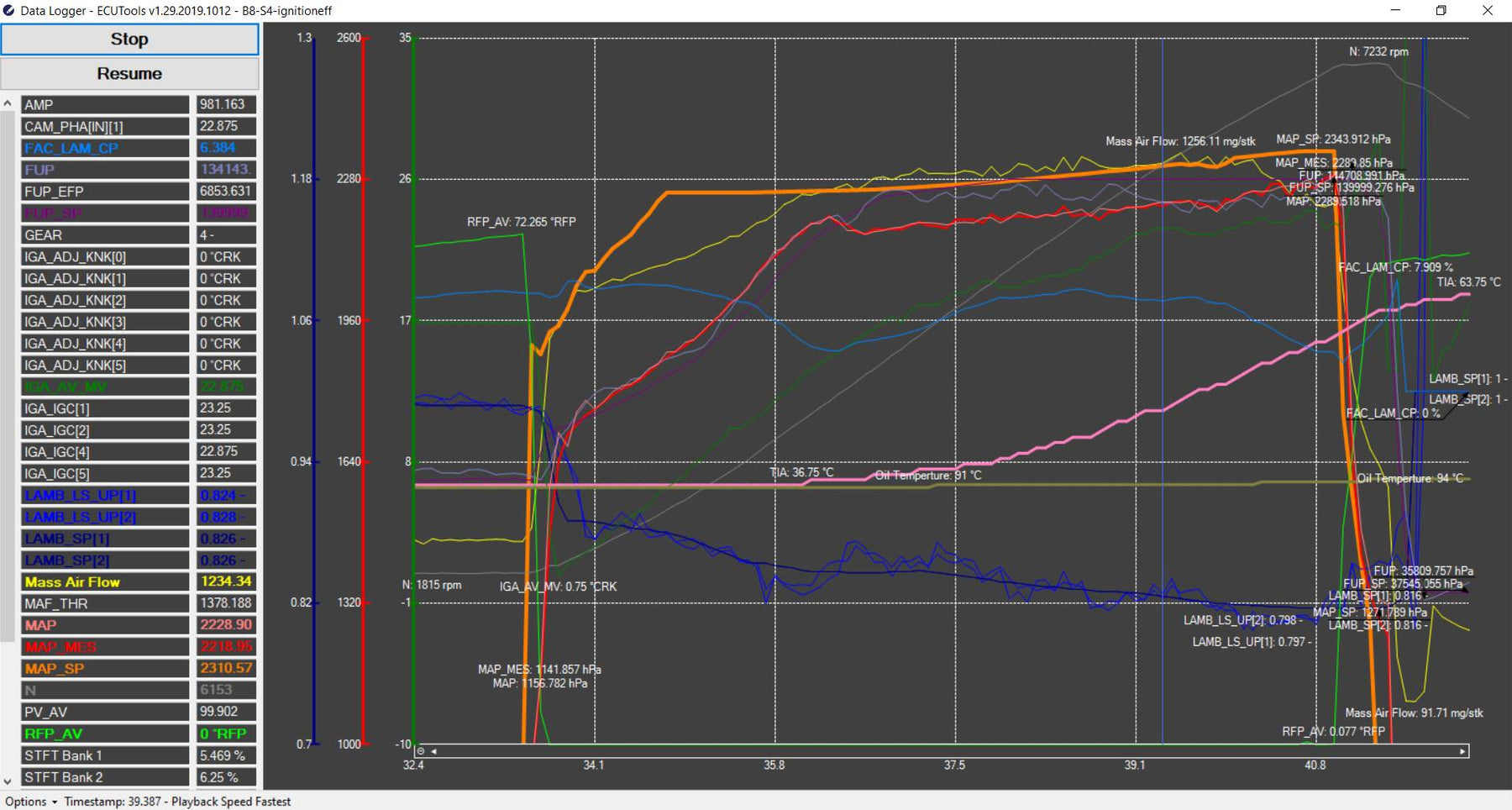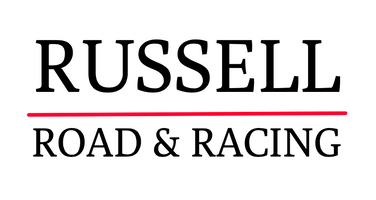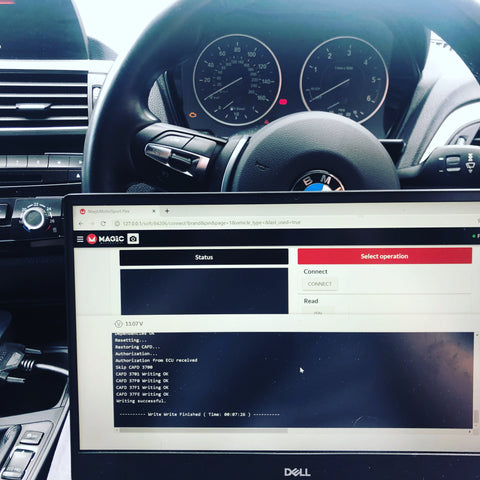
Custom Tuning, Dyno Tuning, Road Tuning | Tuning Explained
So what is a custom tune. You will often see that mappers will offer a custom tune as being a unique selling point however we make custom tunes for all of the vehicles that we work on. But what does the term custom tune mean?
When working on a car the first thing we need to do is read the original file from the car. On older cars you essentially make a copy of the data stored on the ECU. In some newer cars the tools that we use will take a virtual read, a virtual read looks at the software ID on your car and downloads it from the tool makers server. This virtual read is the same as the data already stored within your car but with some neat tricks which allow the tool to unlock the tuning protection inside the ECU. So what happens once you have read the file?
Once a file has been read it is time to open it up in a map editor, the most popular is WinOLS. The file itself is nothing more than a collection of numbers, stored in binary format. The numbers would make no sense if you were looking at them for the first time and this is where the specialist knowledge comes in. In order to work on a file you must define all of the maps you require, for editing and reference. We then work our magic, optimising and adapting the software in order to unlock the hidden power of your car.
So surely all files are custom? Well this is where a lot of the confusion comes in, a good stage 1 file is designed in a way that it works with all of the standard hardware. At stage 1 you aren't pushing any of the limitations because the aim is to work with what you have and merely improve it. So if you are working on two different cars with exactly the same engine and ECU software the changes you make on one will be the same as the next car for a stage 1 tune. But both files are made from scratch with the software version read from your car so both are technically custom. Like with a meal in a restaurant, the chef makes each meal in the same signature way, each tuner will build their tune in the same way. What is custom is that if you wanted a little less spice in your sauce we can pull the tune back or vice versa we could push it a little further to suit a customers needs and driving style.
So what is a dyno tune? We often read on a lot of forums that people will say you need to get a dyno tune, firstly we will look at what a dyno is and what it is used for. A dyno is a piece of equipment/tool for measuring power output at the wheels of a car. Now different dynos measure power in different ways, some will give a figure of power at the wheels, others will use the deceleration of the car to measure the losses through the drivetrain and estimate the power at the engines crank. Different dyno manufacturers will calculate this differently so the figures aren't necessarily designed to be compared like for like with one another. There are also a number of factors that will affect the measured output and performance of the car such as the temperature, the humidity, the cooling to name just a few. When a dyno should be used is when developing a tune for the first time. It is a good way of taking a measurement that you can then compare against the next run until you are happy with all of the changes you have made.
So a dyno tune is best? And this is where we think people misunderstand the purpose of the dyno, if somebody does a before and after dyno run on a tune they have flashed on they are merely proving the power increase, the power the car makes would be the same with or without the dyno. This is great because you the customer get an exact figure to tell your mates but it is by no means a "dyno tune". Hopefully during these power runs the tuner will be taking diagnostic logs to ensure things such as your exhaust gas temps are stable but this can also be done on the road. Traditionally if you are getting a full custom tune having done a turbo swap or something similar a rolling road is where you want to start making the changes as it gives you a good basis for comparing the changes you make. What most people imagine is a stand alone style ECU where changes are made to the live data while the engine is running. OEM control units are slightly different in that you do not have the ability to make changes while the car is running (in most instances) and this is where road mapping come in.
Where do you think the big manufacturers fully test and refine the stock maps on your car. While a large portion of this is done in a lab they will be using an engine dynamometer to establish the limits of the engine. The true refinement of your throttle for example will be done on the road/closed circuits by a large team of engineers. Any tune developed has to be tested on a road as there are a number of factors which can affect the way the car behaves at a cruise which you wouldn't discover under full load accelerations. On the road you are able to carry out data logging which reads values from the ECU and sensors, this data can be evaluated to ensure that the changes made to the software are working in the way expected. It will also help to ensure that the car is in good mechanical working order as you can typically detect any boost leaks or other factors which would affect the performance of the vehicle.
We hope with the explanation above that you will have a better understanding of what is involved in tuning a car and that it clears up the mystery of a road map vs a dyno map. Of course while the majority of our mapping is done on the road we do also have access to a private dyno for development purposes. And of course we are always happy to join customers on dyno days so they can compare stock vs modified!


Comments
Leave a comment